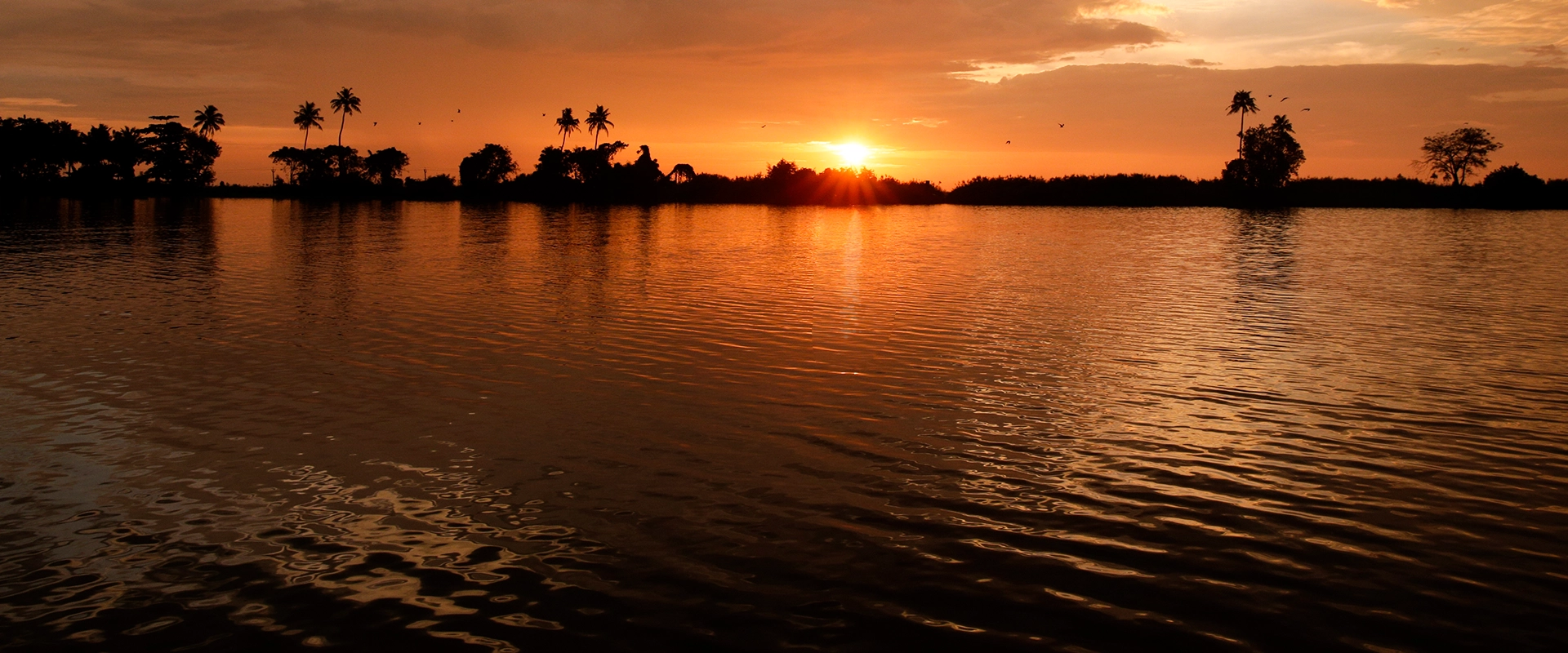
Padayani
Padayani, a vibrant traditional folk art form, is performed in Bhadrakali temples across central Kerala to appease the Goddess. Rooted in ancient traditions, it is believed to have originated in prehistoric times. The origins of Padayani are often linked to a celestial dance performed by Lord Shiva and other deities to pacify Goddess Durga. Over time, this ritualistic performance has evolved into a grand festival, blending music, intricate facial masks, and even satirical elements, making it an integral part of Kerala’s cultural heritage.
Padayani showcases elaborate performances featuring mythological characters, each represented with stunningly crafted masks and elaborate headgear known as "Kolams." These Kolams, made from areca palm sheaths and painted in vibrant colors, depict various divine and supernatural beings. The most prominent among them include Bhairavi Kolam (a fierce form of Goddess Bhadrakali), Yakshi Kolam (representing celestial nymphs), and Kalan Kolam (symbolizing the God of Death). The rhythmic beats of traditional percussion instruments like the Thappu and Chenda add to the electrifying atmosphere of the performances.
Different regions have distinct variations of Padayani. The most famous among them is Neelamperoor Padayani, known for its unique swan-shaped effigies, locally called "Annam." Kadammanitta Padayani, celebrated in the Pathanamthitta district, is one of the most elaborate, featuring grand performances spanning multiple days. Othera Padayani, held at the Othera Bhadrakali Temple, is also well-known for its highly energetic performances. The fusion of mythology, spirituality, and artistic expression makes Padayani a cultural spectacle that continues to captivate audiences and preserve Kerala’s age-old traditions.
